PMP25: Seat Spacing
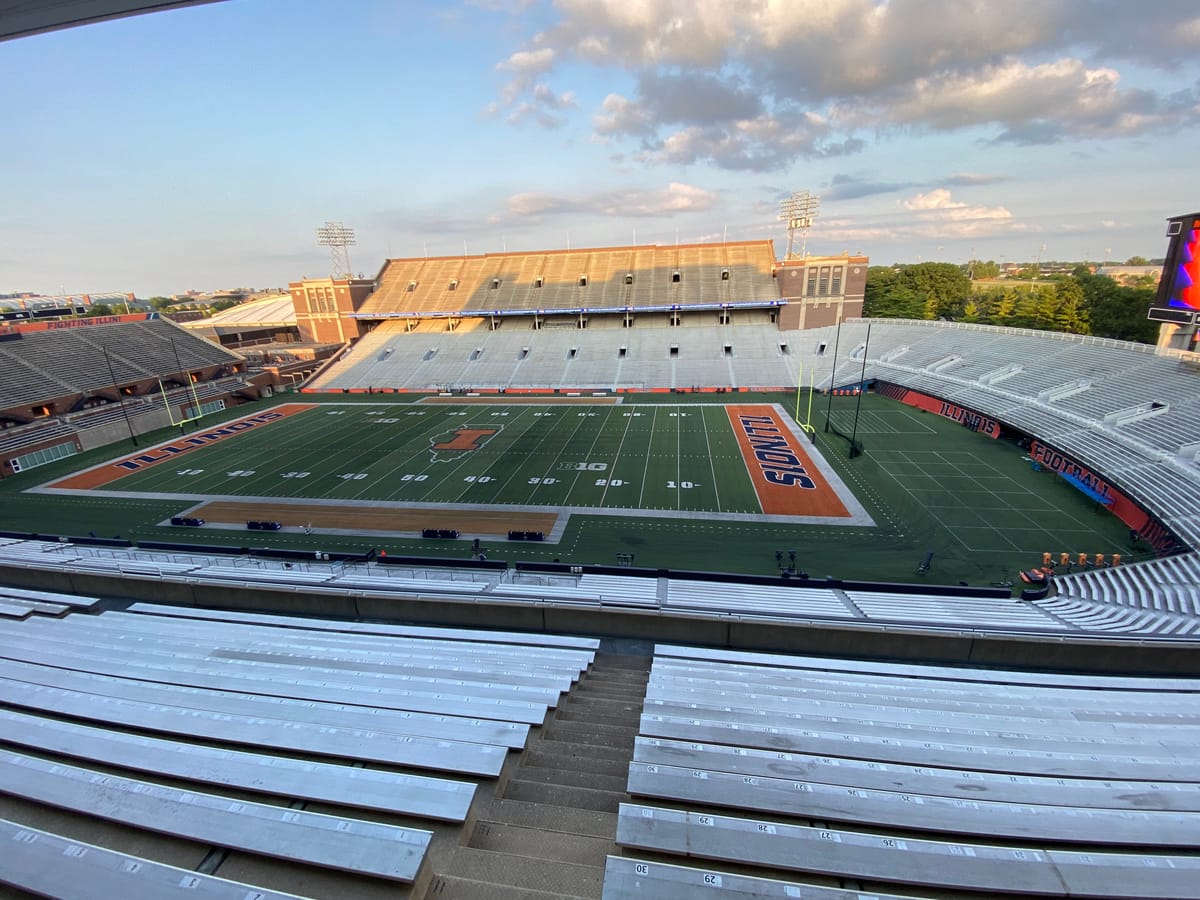
This one should be a fairly straightforward PMP (Pick My Post). I don't know the exact specifics, so I can just generally talk about the subject and use some photos from my camera roll to back up what I'm saying. One of those "it happened something like this" articles, not "here's the exact answer."
The PMP question:
Do you have any thoughts/insights on seat widths at Memorial Stadium? It never mattered when stadium was half full but now it seems awful tight. (This is a great problem to have.) Everyone is a lot bigger today so just wondering if seat dimensions have changed at all at memorial stadium. Is there an industry standard? How do we compare to other stadiums? Thanks!
There's part of me that wants to make this a five year project. Bring a little tape measure with me on all road trips and measure the seat spacing of all 18 Big Ten stadiums. But until I do that, all I can offer is things like "the seats at Nebraska are ridiculously tight."
I think the best place to start is with the changes in Memorial Stadium. I don't know the exact years that everything changed. But I can give you three general phases:
- Seat numbers ridiculously close to each other in the 1980's.
- Seat spacing widened significantly, perhaps in the 1990's, perhaps in the early 2000's.
- Post-2008 renovations where one seat was added back into each row.
In the 1980's, with demand at an all-time high, everyone sat right on top of each other. I can't tell you the exact numbers, but anecdotally, here's a short clip from the 1983 season. I'm pretty sure there are 900 people in each row (okay, maybe 32).
That's back when we really packed 'em in. And we'd set up bleachers here and there to add more fans. For the Missouri game in 1984 we cleared 78,000 fans (with half of the west balcony removed in 2008, capacity is now 60,670). It wasn't just more rows back in the 1980's. It was more people in the rows.
Then, at some point, seats were spaced out at 29 seats per row. Crowds had thinned out, so why not? Why make everyone sit so close if there's no chance of selling out? Give 'em all a little more room.
I believe it was the 2008 renovation that moved it back up to 30 seats per row. Maybe it was after that, but at some point we moved from 29 seats per row (which felt a bit roomier) to 30 seats per row (which feels tight).
Here's some photos to back up what I'm talking about. The first thing I'll point out (and this doesn't have anything to do with the spacing but it's interesting) is that the sections used to be divided down the middle, not the aisle. As in, if you walk into current section 105, that's 30 seats between the aisles, 1-30. If you look at this photo, you'll see the old stickers for seats 11 and 10 next to what are now seats 26 and 25:

So it used to be one of those "seat #1 is right in the middle" things. You'd walk down the aisle and half of the seats in 105 were on your left and the other half were on your right. This has nothing to do with seat spacing. I just thought I'd remind everyone.
My guess – although I don't know this for a fact – is that the three phases I listed above went from 31 seats per row during the "packed in like sardines" era to 29 seats per row during the "nobody comes to games" era and then back up to 30 seats per row today. I know that the last one happened – jumping from 29 seats per row to 30 – because you can still see the stickers from the old seating arrangement.
Check out the old sticker locations (gray squares) in this picture:

The 30 is on top of the old 29 on the aisle. Then the current 29 is where the old 28 used to be, but the 28 is spaced out a little more. By the time you get to 26, the old 25 sticker is fully outside the new sticker. And by the time you get all the way to the other end, the Seat 1 stickers are right on top of each other. What used to be 29 seats per row is now 30.
Here's a better shot showing the new spacing going all the way across:
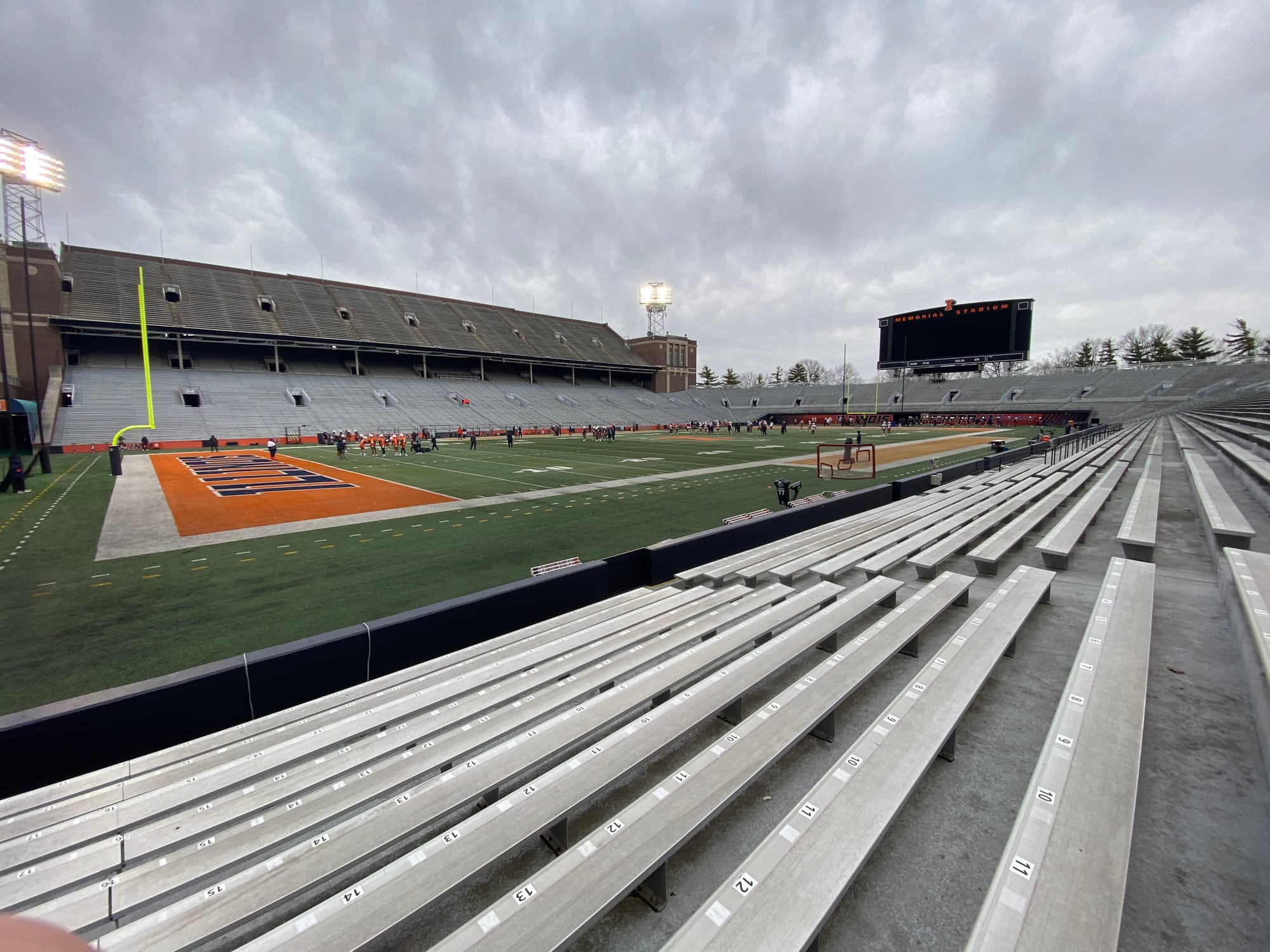
I took that photo at practice in the spring of 2021, but I'm pretty sure the seat spacing change goes back 15 years. I'm almost positive this was done in 2008 when the seating capacity dropped from 69k to 62k (when the luxury seating tower was built). I guess it's possible it was done in 2011 when the horseshoe extensions were removed, but I know it's been at least that long because the official capacity hasn't changed since 2011 (60,670).
Regardless of when it happened, my point here is to show you the specific seat spacing change. If you have a memory of it previously being a bit roomier, it was. For both of the main stands, for nearly every section, there used to be 29 seats per row and now there's 30.
As for the rest of the Big Ten, I'll just say this: Every fan at every Big Ten football stadium that has bench seating complains about the seats being too close.
That's not really a "deal with it, people." I'm just saying that the complaint is universal. Michigan has some rows that feel absolutely ridiculous (because their rows get bigger as you go up, they can occasionally add an extra seat as the rows get longer and they add those rows way too soon). Actually, that's probably a good way to address all of this.
Illinois has one of the few rectangular stadiums in the Big Ten. Meaning, the seats are fully parallel to the sideline and each row is the same width. Most every other stadium has a curve to it and the front row of the lower bowl might have 25 seats while the back row has 37 seats. Illinois has 30 seats in the front row and 30 seats in the 70th row. The only curve is in the horseshoe.
Because of that (rows that fan out and get wider), there's no real "standard." High school bleachers are often 24 inches between seat numbers because they're rarely filled. Many college bleachers will be 18" to maximize capacity. But for curved stadiums, you'll have different spacing row to row. One row might be 18", then the next row is 19", and they keep getting wider until they can get back to 18" spacing when they add another seat.
(That's actually a tip for seat searching on the road. When looking around StubHub or SeatGeek, find the spots where the rows expand from 33 seats to 34 seats (or whatever). And buy your tickets in that last row of 33 seats because they will be the widest spacing - the last row before they could squeeze in an extra seat.)
I think that's all I've got. 29 seats per row was nice but we're at 30 now. It's tight, but that's Big Ten football. If you've ever been in bleacher seats at Nebraska or Michigan, you know that it can be much, much tighter. Indiana is the last place where I sat in the stands and thought "this space is nice." And that might even be changing with their recent success.
Will the stands in 2025 be the most-packed stands since the 1980's? Yes. Will that be changing? I don't think there's any chance they'd increase the spacing.
So we'll just have to accept that these are the costs of big boy football.

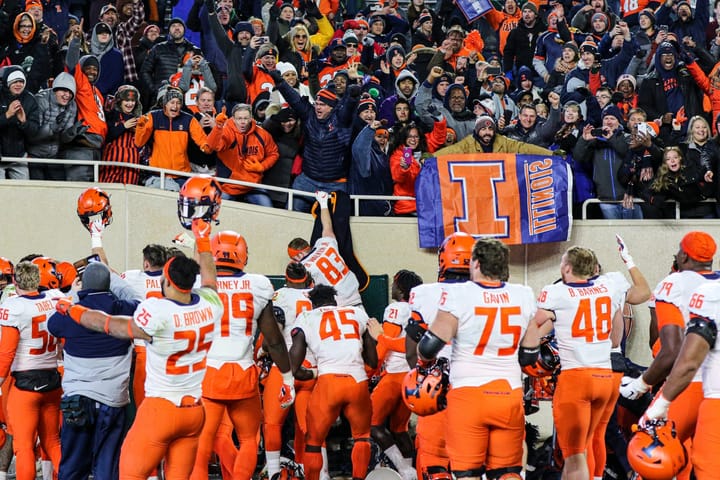
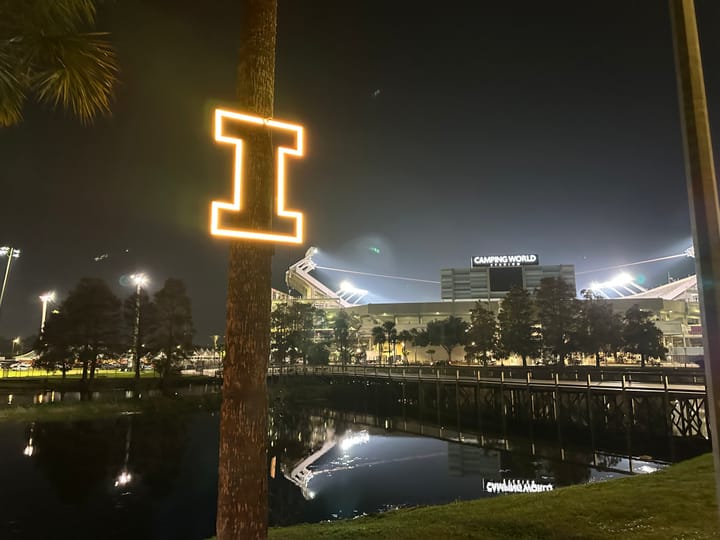
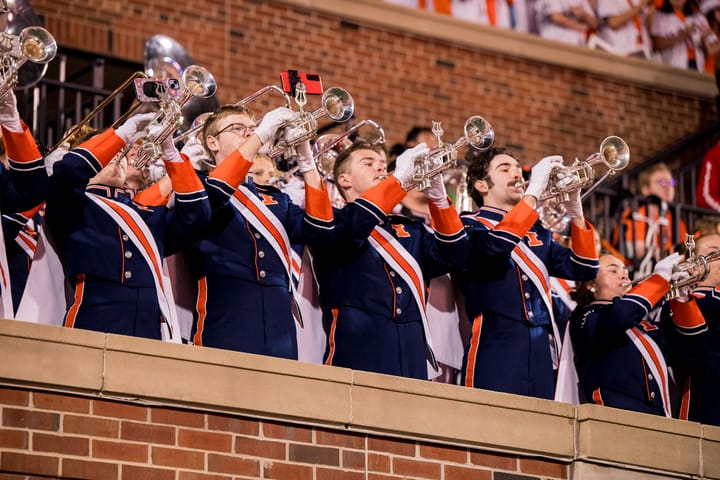
Comments ()